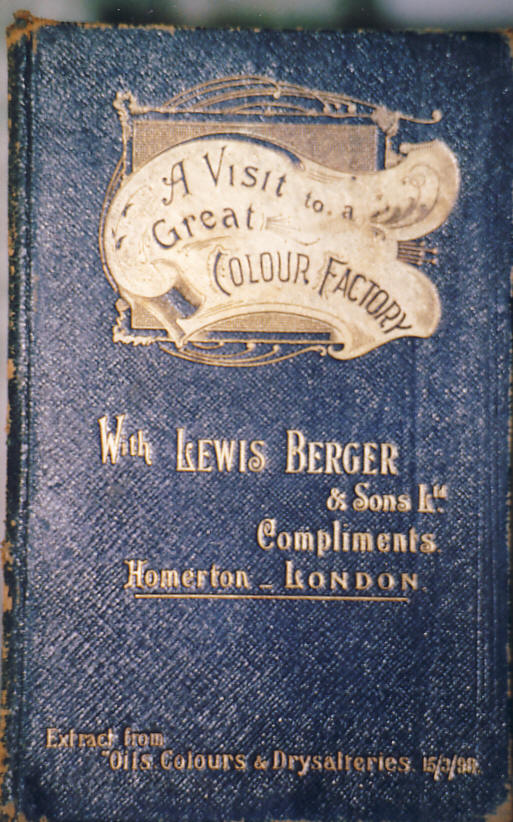|
Paint Costs ~ / The Cost of Painting ~ 19th Century |
|||||||||||
| The Cost of painting | |||||||||||
|
Up to the 1830's and later, the craft of painting in London was controlled and regulated by The Painter Stainers Company, an ancient Guild which consisted of Master Craftsmen, Painters and Grainers. The Company regulated the number and conditions of apprentices, fixed the prices chargeable for work done-these being agreed to by all Master Painters and nobody outside the Company was allowed to do painting or graining work. These charges were reviewed from time to time and any changes made were advertised in the public press. The biography of Wilfred Nicholson [author Harry Kimber] has an extract from the History of the Painter Stainers Company and gives an indication of prices chargeable to the public fixed in the year 1803. (A yard super is a square yard ) ~ that information might be useful to those of you involved in pub quizzes: |
|||||||||||
|
Paint once in oil colour |
3d. | per yard super | |||||||||
|
Clearcole and Finish* |
5d | per yard super | |||||||||
|
Paint twice in oils |
6d | per yard super | |||||||||
|
Paint three times in oil (old work) |
8d. | per yard super | |||||||||
|
Paint three times in oil (new work) |
8½d. | per yard super | |||||||||
|
Paint four times in oil (old work) |
10d. | per yard super | |||||||||
|
Paint four times in oil (new work) |
10½ d | per yard super | |||||||||
|
Paint twice in oil and flatted (dead white) |
1/1d | per yard super | |||||||||
|
...................... etc.etc. |
|||||||||||
| * Not certain what Clearcole was | |||||||||||
|
With the enormous increase in building and painting during the period 1820-1840 and sub-sequently, a good deal of competition was created and painters who were not members of the Company challenged its authority to regulate the trade and started up in the painting and decorating business themselves without reference to the Company. |
|||||||||||
|
|
|||||||||||
|
In 1824 litigation was begun to deal with such offenders, as the Company's control was a right with which it had been invested for centuries. Some of the outsiders gave in and became members of the Guild, but others stood their ground and gradually over the years the control slipped from the Company's hands. Whether this was good for the craft is very doubtful, but it was one of those developments which in the nature of things was bound to happen. The Company, however, continued to fix schedules of prices chargeable for work done until the year 1851 the date of the last schedule to be advertised |
|||||||||||
|
Information from Harry Kimber's book received from Ken Arbuckle. Photo from Bart Kent. |
|||||||||||
|
Additional information is most welcome. |
|||||||||||
